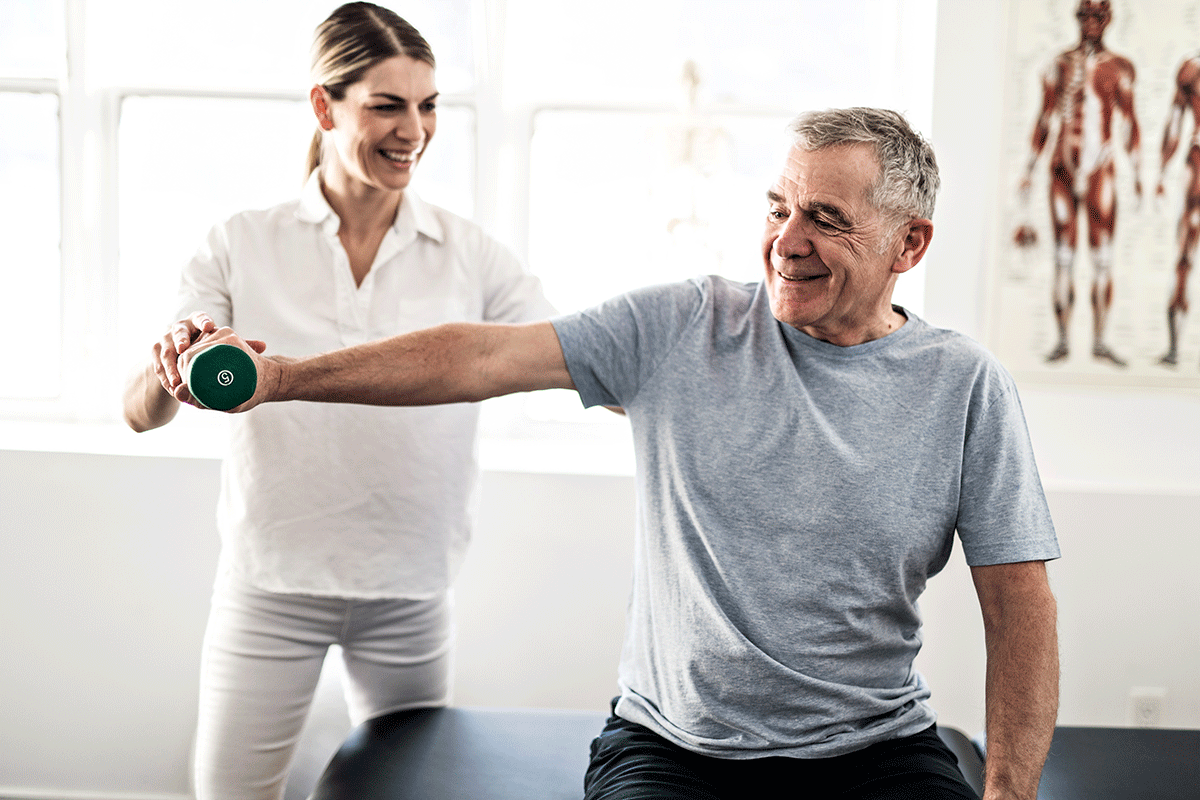Efficient Hydration Methods for Optimal Rehabilitation Post Exercise
Wiki Article
Fluid intake is a vital aspect of recovery after physical activity. When people engage in physical activity, their systems lose water through perspiration and respiration. This loss can lead to fluid loss, which negatively impacts recovery and overall performance. To ensure ideal recovery, it is essential to understand efficient hydration strategies. Staying properly hydrated helps restore lost fluids, rebalance electrolyte balance, and support physical recovery.

One efficient method for hydration is to drink water prior to, during, and following exercise. Taking in water prior to exercise prepares the system for fitness activity and helps avert dehydration from the beginning. Throughout exercise, taking little sips of water can sustain hydration levels, especially in the course of prolonged or vigorous workouts. After exercising, consuming water replenishes lost liquids and aids in recovery. It is crucial to listen to the system and drink water when experiencing thirsty, as this is a instinctive indicator of hydration needs.
In addition to water, sports drinks can be beneficial for hydration, especially after intense exercise. These beverages often contain electrolytes such as sodium and potassium, which are lost through perspiration. Replenishing these electrolytes is crucial for muscle function and overall recovery. However, it is important to select sports drinks wisely, as some have high levels of sugar. Opting for low-sugar or electrolyte-focused drinks can provide the necessary benefits without too many calories.
Another important approach is to monitor urine color as role of physical therapists in musculoskeletal care an indicator of hydration level. A light yellow color typically signifies proper hydration, while deep urine may indicate dehydration. This easy method helps people assess their liquid intake and make modifications as needed. Additionally, eating hydrating foods such as fruits and vegetables can add to overall fluid intake. Foods like melon, cucumbers, and oranges have high water content and can enhance hydration initiatives.
Lastly, developing a hydration strategy can enhance recovery after exercise. This strategy should feature specific amounts of water and electrolytes to intake based on individual activity levels and surrounding conditions. By establishing hydration goals, individuals can ensure they meet their requirements consistently. Implementing these efficient therapeutic exercises for musculoskeletal conditions hydration techniques can lead to improved recovery, better effectiveness, and overall well-being after exercise.